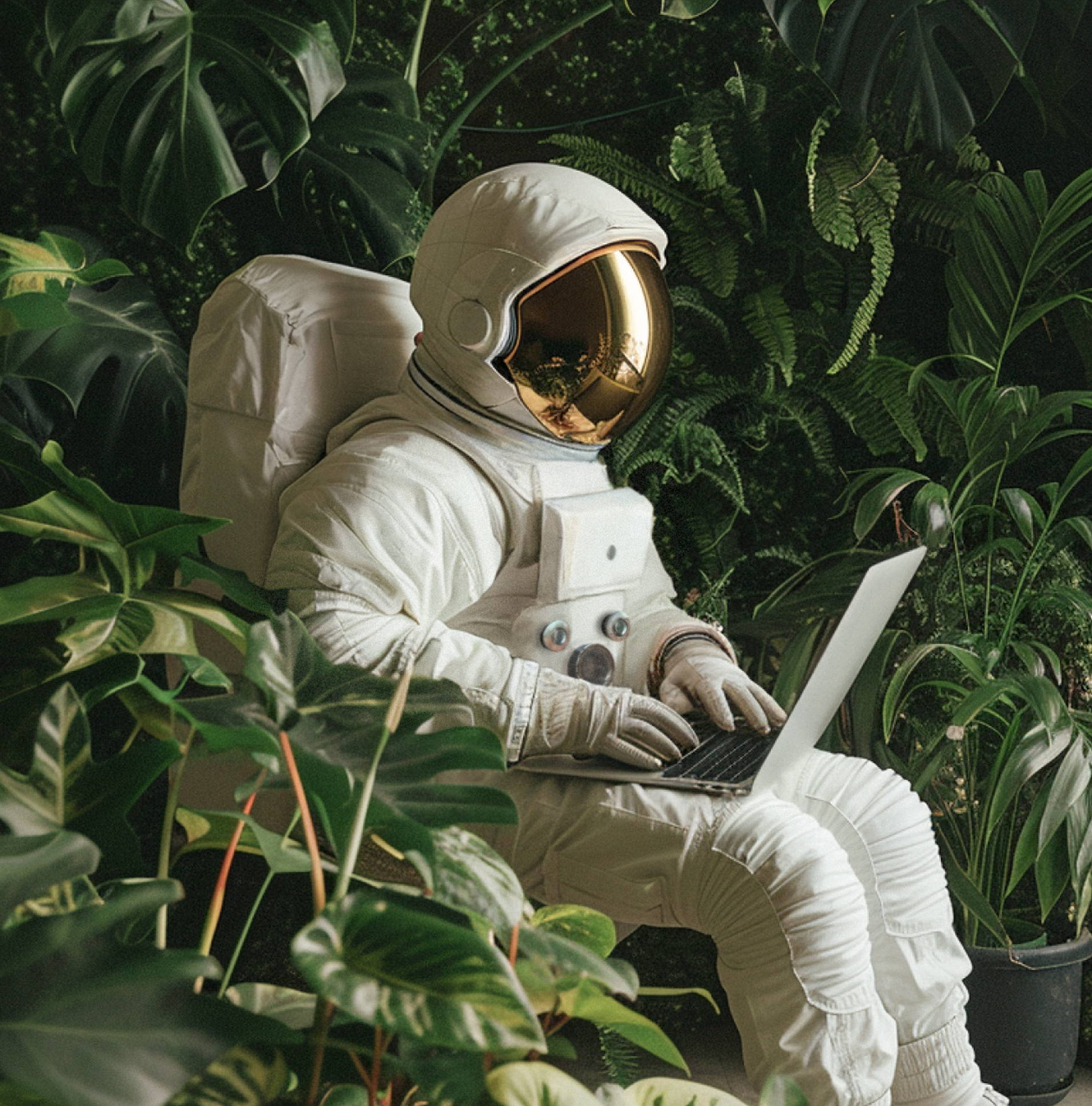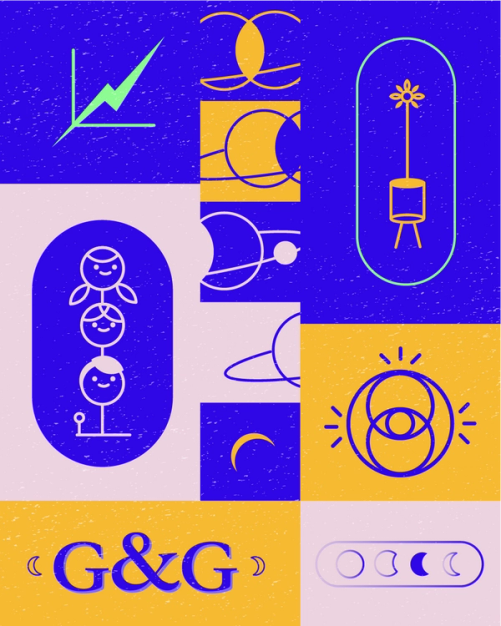The Good & the Bad of Sustainable Branding

When future generations look back on millennials and generation Z, there is one defining issue that will, without a doubt, come to mind every time: climate change.
Today, environmental protection has become one of the top priorities for individuals and companies around the world. With such a prevalent focus on sustainability and awareness, businesses have caught on to the green movement, constantly seeking ways to incorporate sustainability into their brand’s image.
Green Marketing
Aside from the obvious fact that sustainability benefits the planet, green branding is fantastic for a business’s success. In fact, about 75% of millennials are willing to pay more for products that come from businesses who are working to be more sustainable. So massive is this environmentally-friendly trend, that it has spawned its own marketing strategy.
Green marketing is a strategy in which companies sell their products or services in a way that emphasizes their sustainability efforts or benefits to the environment. Companies use this strategy by highlighting how their mission is geared toward helping the environment, rather than solely revenue-driven.
Here are some of the goals of green marketing:
- Execute sustainable business practices
- Demonstrate social responsibility
- Reduce expenses
- Highlight the product/service as safe and environmentally aware
When done correctly, brands that implement green marketing into their company culture and strategy can tap into the emotions of their target audience, boost company sales or profits and, most importantly, help save the planet. But when the green movement is used by companies to mislead consumers, severe public scrutiny and a damaged brand reputation are usually the consequences.
Greenwashing
Greenwashing is when companies spend more time and money claiming to be sustainable, rather than actually being sustainable. In other words, greenwashing is when a company misleads its consumers about the sustainability of the company or their products or services.
Below are some of the signs of greenwashing to look for in branding:
- Fluffy language with no clear meaning
- “Dirty” companies promoting green products
- Emphasizing a minor aspect as green, while the rest of their practices are not green
- Declaration of being slightly greener than other companies
- Not credible; “greening” a dangerous product
- No proof or evidence to claims
Now that you better understand the difference between successful sustainable branding and failed sustainable branding, we are going to show examples of companies who did it best and other companies who missed the mark!
10 Examples of Sustainable Brands: The Cream of the Crop
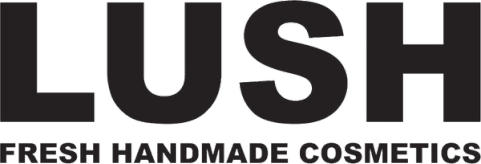
LUSH Cosmetics
When it comes to sustainability in cosmetics, it’s almost impossible not to think of Lush. This global cosmetics brand has designed their brand image in a highly effective way that practically screams environmentally-friendly and sustainable. The company shows where all materials in their products come from. They also focus heavily on the eco-friendliness of their website, their store image and their products. Lush has successfully branded itself as sustainable in every aspect of its image so consumers come back for more of their handmade bath salts time and time again.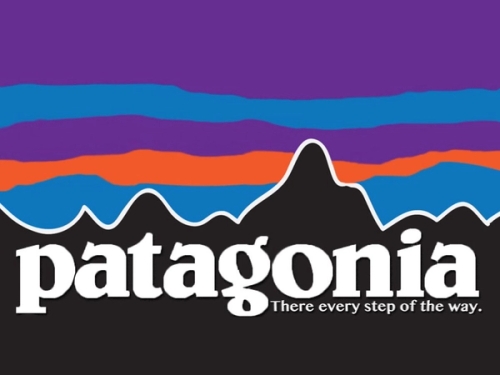
Patagonia
Founded in the 1970s, Patagonia is one of the founding fathers of environmental activism. The company’s webpage demonstrates its sustainability plan, with an entire section dedicated to educating consumers on their efforts and beliefs. Patagonia also posts relevant news and current events on its social media platforms related to the topic of climate change and environmental awareness. And let’s not forget the company’s massive donation a few years back! Patagonia donated 100% of its Black Friday 2016 sales to organizations that help the environment. If that doesn’t demonstrate the authenticity of a brand’s sustainability, we don’t know what does!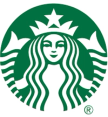
Starbucks
Coffee lovers around the world will be thrilled to know that Starbucks is also up there in top sustainable brands. While the company was at an advantage with their already-green and white brand colors from day one, their website details to consumers their exact efforts to be eco-friendly in all aspects of their business everyday. One example of in-store green marketing is their incentive program to give discounts to customers who use a Starbucks’ reusable coffee mug when purchasing a coffee beverage. From greener stores to promoting recycling and reusability, as well as powering their stores with renewable energy, it is no secret that Starbucks is a proud advocate for a healthy planet.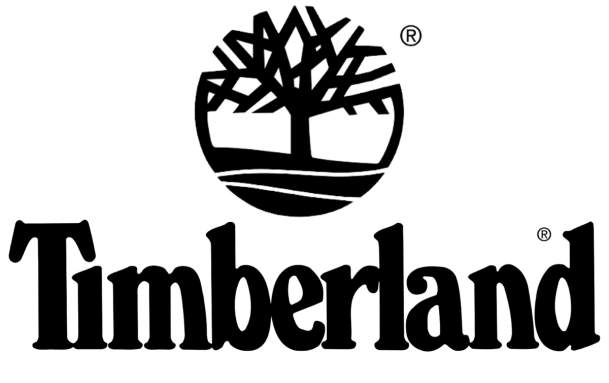
Timberland
Timberland’s website is a wonderful visual representation of the company’s sustainability. Their website dubs their community as ‘Earthkeepers’ and includes solid facts regarding their products’ material. This global clothing manufacturer and retailer also uses eco-friendly stores to promote its products. The company continues to express its desire to expand and develop its partnerships, as well as test its product materials to align with its green marketing strategy. If Timberland’s green momentum continues as it has so far, there is no doubt the company will achieve its goal of 100% organic and renewable material by 2020.
Apple
As global leader in all things technology, it only makes sense that Apple would also be one of the leaders in environmental protection and awareness. The tech giant is not only known for creating innovative products, but for products that are eco-friendly, as well. Apple’s goal is to power all its worldwide facilities with 100% renewable energy, currently consuming 70% less power than 10 years ago. It is part of the company’s mission to create products that are safer for both the consumers using them and for the planet.
Coca-Cola
This global drink company is no stranger to the benefits of green marketing. In recent years, Coca-Cola has made significant progress as a sustainable brand, achieving its three most important goals: water preservation, sustainable packaging and energy and climate protection. On the company’s website, viewers can see a ‘Sustainability’ tab that highlights the company’s sustainability reports, product facts and other relevant news on climate protection and the company’s water stewardship. And let’s not forget the #CocaColaRenew community that prides itself on trying to create a better world. From collecting plastic bottles at the company’s headquarters and upcycling them into graduation gowns for high school students to supporting the wildfire relief efforts in California, #CocaColaRenew is a fantastic branding tool that is backed by true, authentic sustainable efforts.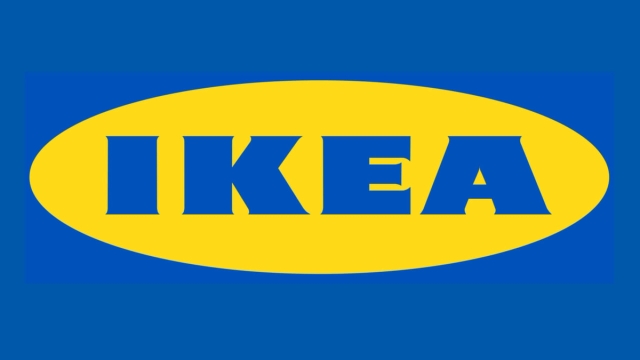
IKEA
Starting with its supply chain, IKEA sources nearly 50% of its wood from sustainable foresters and 100% of its cotton from farms that meet the Better Cotton standards. The furniture manufacturer’s commitment to sustainability is also evident in their awesome stores, which are powered by over 700,000 solar panels. IKEA’s goal is to be powered by 100% renewable energy by 2020 as well as be a net energy exporter. An ambitious goal, but definitely possible for this sustainable furniture manufacturing giant.
Adobe
In 2014, Newsweek ranked Adobe the third greenest company in the world and the greenest IT company in the world. The company has set out on a mission to reach net zero energy consumption and reduce its packaging, since packaging is a huge cause of plastic pollution. With more than 70% of all Adobe workspaces LEED certified, the company has made impressive strides in recent years to achieve an authentic, sustainable brand image that is far more than just an image.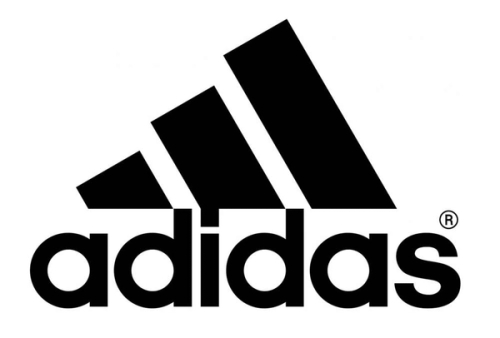
Adidas
International sportswear manufacturer Adidas is another high profile example of a green marketing brand. The company’s website highlights every aspect of its ‘Sustainability Roadmap,’ leaving little to question on the consumer side of things. One must simply select the ‘sustainability’ tab in the menu bar if they wish to see the brand’s goals for becoming a more sustainable company. From their product and people priorities for the next year to past year annual reports, as well as a visual graphic of their approach to sustainability, their website is a perfect illustration of the company’s authentic sustainable efforts that have earned Adidas a place on this list.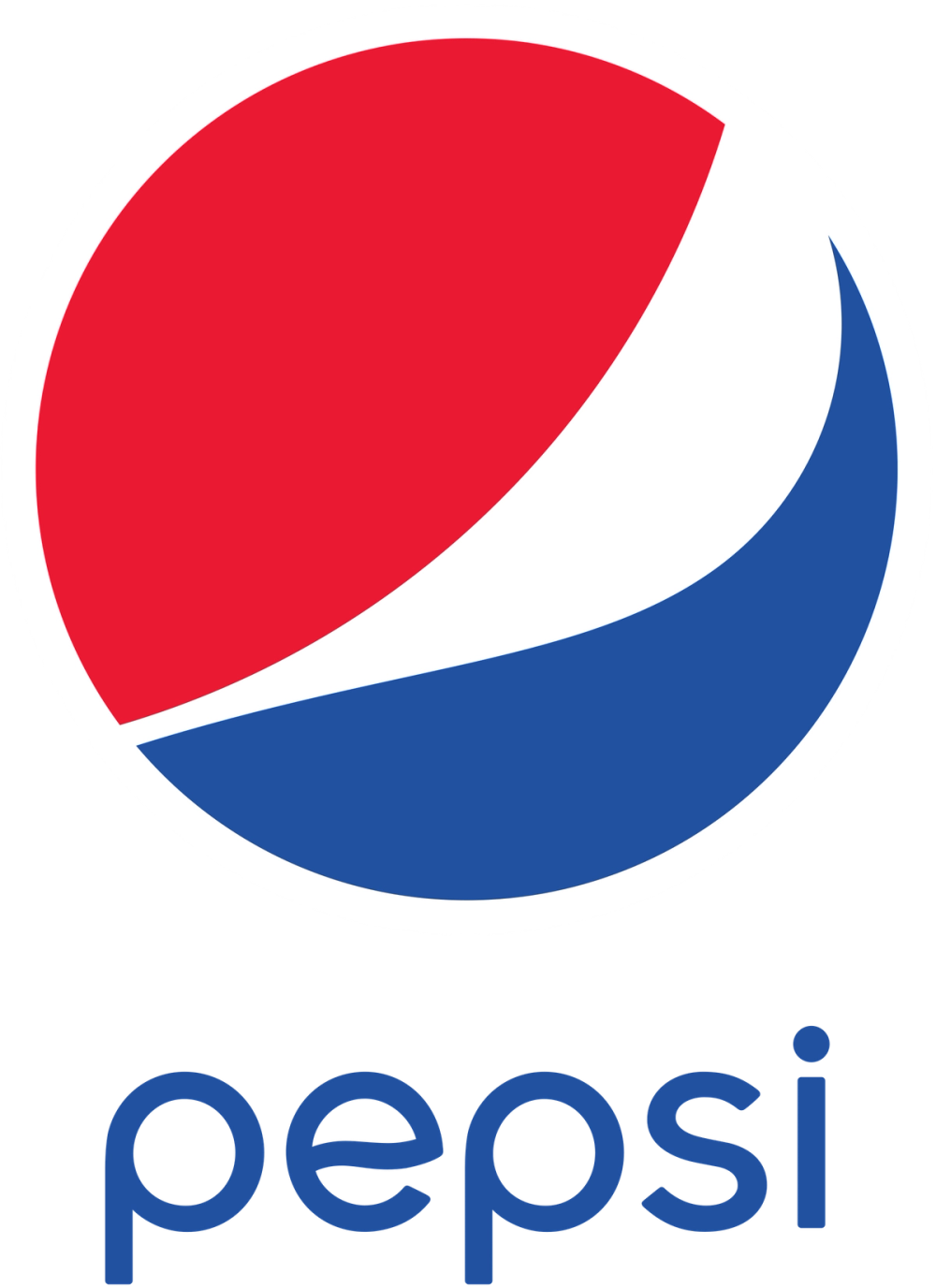
PepsiCo
Coca-Cola isn’t the only drink company that is leaving a positive environmental footprint. PepsiCo’s website outlines precisely how the brand has and continues to achieve its goals in reducing its impact on the planet. Some of these aspiring goals include reducing, reusing and reinventing their plastic packaging, working to reduce the solid waste sent to landfills by the company’s production facilities and protecting and conserving global water supplies. The food and drink company’s website illustrates the brand’s progress and even its 2025 agenda. This keeps consumers up-to-date on what the company is doing to earn a place as one of the top eco-friendly brands worldwide.Join Our Gather & Grow Unwebinar Series
Each session features speakers from companies like Amazon, PUMA and Twitch Prime, tackling the intersection of marketing and design. Live Q&A, highly interactive with actionable tips!
Sustainable Branding at its Worst
While the green movement has brought out the best in many global organizations striving to protect the environment, it has also made room for some brands to take advantage of this global matter and mislead consumers.
Let’s take a look at some of the brands with a reputation of greenwashing:
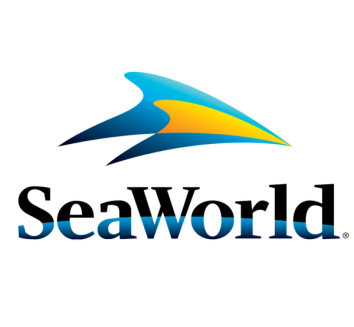
SeaWorld
You would think that anything involving beautiful animals and the ocean would be all about environmental protection and awareness. Unfortunately, that is not the case with SeaWorld, the amusement park known for its killer whale shows. Recently, SeaWorld has faced major scrutiny and even lawsuits alleging that the amusement park falsely claims to care for and protect the killer whales featured in the show. These lawsuits state that the animals held captive are actually living in unhealthy and unacceptable conditions. SeaWorld is a prime example of a “dirty” company promoting itself as green in the sense that its website highlights their efforts to conserve and protect animals, as well as their support to the Killer Whale Research and Conservation Program (KWRCP). This certainly contradicts the killer whale shows that the park continues to pride itself on.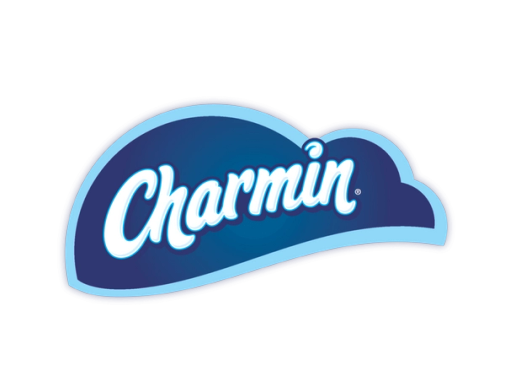
Charmin Freshmates
Charmin Freshmates is another example of a company that is making misleading claims in reference to its products. The company’s wipes are marketed as “flushable,” when in reality they are not safe for sewer and septic systems. A class-action lawsuit against the product’s maker, Procter & Gamble, drove the company to add a disclaimer that this product should only be used in “well-maintained plumbing systems.”
H&M
While this fast-fashion clothing company has undoubtedly made some advances and efforts in becoming more sustainable and eco-friendly, there are many who say it is simply wrong for H&M to position itself as eco-friendly. One of the main problems people have with H&M is its massive clothing production volume, a major sustainability challenge that the company faces. There are some that suggest the company’s advertisements and displays of sustainability are over-the-top greenwashing and really just a cover up for the harm the company does to the environment.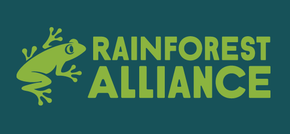
Rainforce Alliance
You may recognize this sticker from Chiquita bananas or from different coffee brands. The “Rainforest Alliance certified” sticker essentially relays the message that being certified is environmentally and socially responsible. But if we’ve learned anything so far from greenwashing, it’s that the brands guilty of this are not what they claim to be. As such, Rainforest Alliance was sued by Water and Sanitation Health, who alleged that what the certification claims is actually the opposite of what goes on with the companies who are “Rainforest Alliance certified.”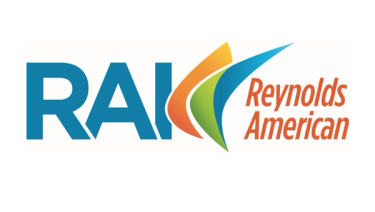
Reynolds American
Reynolds American is a prime greenwashing example of a “dirty” company promoting green products. The company owns Natural American Spirit, a tobacco brand that has positioned itself as the cigarette for those who want an eco-friendly smoke. The Campaign for Tobacco-Free Kids had quite a few words for this claim. The non-profit accused the company of greenwashing, stating, “Cigarette smoke spews more than 7,000 chemicals into the environment, including hundreds that are toxic and at least 69 that cause cancer.” When it comes to solid facts against false claims, it’s certainly a bit difficult for brands to argue back.
Kauai Coffee
This Hawaiian coffee company claims to produce 100% compostable single-serve coffee pods. The brand has labeled itself as a guilt-free way to enjoy great-tasting coffee without harming the environment. This may sound great upon first glance, but the reality of just how compostable the brand’s coffee pods are has fallen under scrutiny. It turns out that Kauai’s coffee pods have been certified by the Biodegradable Products Institute (BPI) to only decompose at industrial facilities not in compost piles at home. This poses a major limitation to the brand’s compostable pods and ultimately makes the brand’s claim of being 100% compostable very misleading.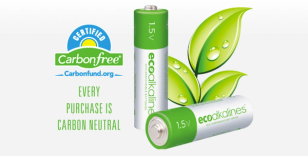
LEI Electronics
LEI Electronics is yet another company accused of greenwashing due to its false eco-friendly claims. Energizer Brands LLC issued a complaint with the National Advertising Division (NAD) regarding LEI Electronics’ carbon neutral marketing claims. The company was under fire for stating that “every purchase is carbon neutral,” as well as for marketing their “100% carbon neutral alkaline battery.” Although LEI Electronics refused to discontinue claims that its EcoAlkaline batteries are carbon neutral, it did say that it had taken necessary measures to better align with NAD recommendations.
Volkswagen
The automotive industry is no stranger to environmental issues and pollution. Many car manufacturers have experienced allegations about emissions-cheating. But Volkswagen certainly takes the cake in this category after its emissions-cheating scandal, in which the company admitted to rigging 11 million of its diesel cars with “defeat devices” to cheat emissions tests. The good news is that the Obama administration did order a recall of nearly half a million cars. Volkswagen also paid $14.7 billion to settle the cheating emissions test allegations and for false advertising.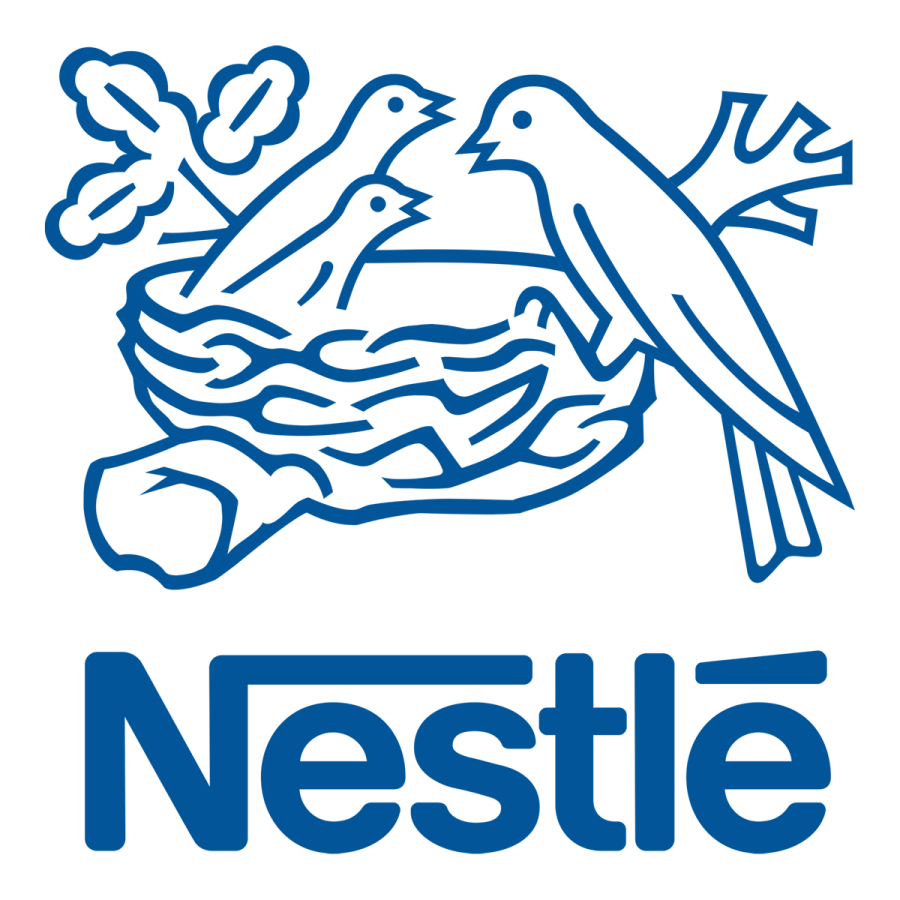
Nestlé
Chocolate lovers around the world will be sad to hear that this beloved chocolate brand has recently been served a class-action lawsuit for its deceptive advertising. While Nestle claims to sustainably source its cocoa beans, it has failed to mention that the production of this major ingredient in their products is driving substantial deforestation in West Africa. And if that wasn’t bad enough, the lawsuit also states that the cocoa comes from farms in which child and slave labor are used.
Zara
Another massive fast-fashion brand, Zara is a greenwashing example of using fluffy language without any clear meaning, as well as claims that are not backed by details or solid evidence. While you can find information about their sustainable efforts on their website, the information they provide is quite vague and doesn’t give much detail. One example from their website is, “Our goal is for our products to become increasingly more sustainable.” This statement sounds positive, but when you really look at it, it doesn’t tell you much at all. What is their timeline for this goal? How do they plan to achieve this goal?When a brand leaves you with more questions than answers regarding their level of eco-friendliness, you can bet they are leaning more toward greenwashing than green marketing.
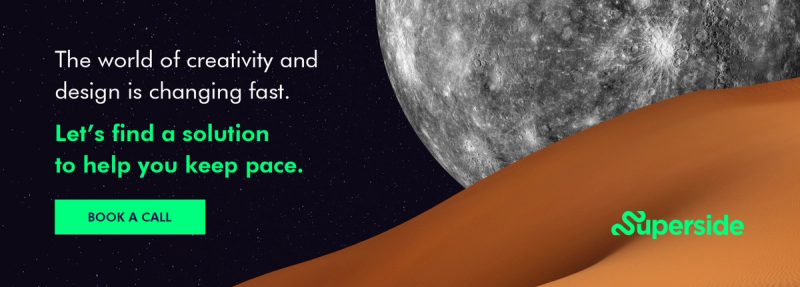
The Right Side of the Green Movement
Understanding the difference between green marketing and greenwashing is critical for both consumers and brands. In an era when so many agree that climate change and environmental awareness are important issues, consumers are looking for brands that participate in sustainability. Company can find loyal brand followers and build their reputation if they are authentic in their branding and commitment to change. Green marketing allows brands to establish themselves in a leadership position and to significantly enhance their success. And, most importantly, it brings us one step closer to protecting our planet!
Whether you are just starting out or are in need of a brand revamp, Superside’s visual identity service can help you. Our top-rated, vetted art designers, directors and personal account managers are available 24/7 to help you establish your brand identity.
Built to be an extension of in-house teams, we deliver fast, scalable, world-class design and creative solutions to over 450 globally renowned companies such as Amazon, Meta, Notion and Google. Connect with us on LinkedIn.
You may also like these

10 best product design companies of 2025
In a world flooded with digital products, the difference between a product that gets adopted by target audiences and one that gets ignored is design.Modern users are no longer merely satisfied with products that work. They seek intuitive, beautiful experiences and products they truly enjoy using. In sectors such as SaaS, consumer tech, healthcare and fintech, design shapes brand perception, product adoption, user engagement and, ultimately, loyalty.For enterprises and high-growth brands, the stakes are high. Every design misstep and delay could translate into lost relevance. Yet many in-house design teams have too little bandwidth to deliver products at the speed, scale and quality now required. On the other hand, traditional agencies move too slowly or aren’t built for the level of iteration modern tech enterprises require.This is where a top-notch, dedicated product design service can tip the balance in your favor. In this article, we unpack why great product design is a non-negotiable. We also share 10 product design companies that can help you create an in-demand, highly successful product.Why great product design is a competitive advantage for enterprise brands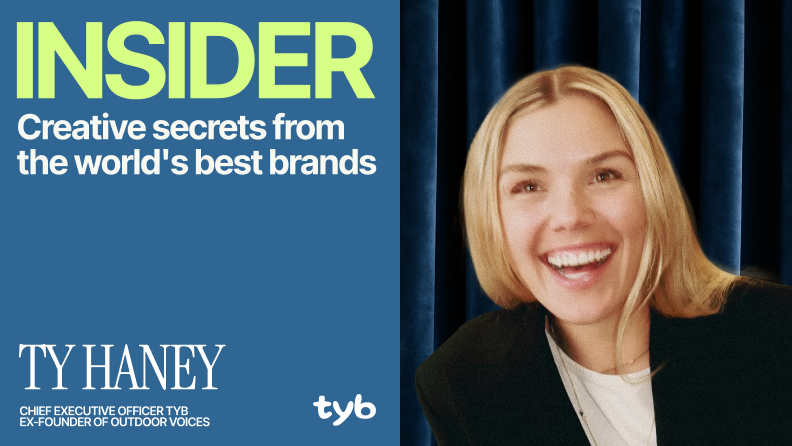
Why brands that build community get customers for life
Ads don’t seem to hit like they used to. Your customer acquisition cost is through the roof. And even when you do bring in customers, it feels like they’re only with you for a moment before disappearing forever. Some brands might be able to sustain their growth in these conditions, either because they have a massive war chest or their customers make massive transactions.But for most, there’s a better way to grow. By building a community and a fan base, you can get customers for life.At Superside’s Insider Summit, Ty Haney, three-time founder and current CEO of Try Your Best, shared how her approach to community has catapulted the brands she’s built to new heights—and how her latest venture has turned this into a business.What is community-led growth?In short? Shifting from acquiring customers to building a fan base. It means creating experiences that reward customers, granting them access to exclusive perks, and giving them something to get excited about beyond the transactional. It’s about giving them opportunities to become obsessed with your product and your brand until they become micro-influencers.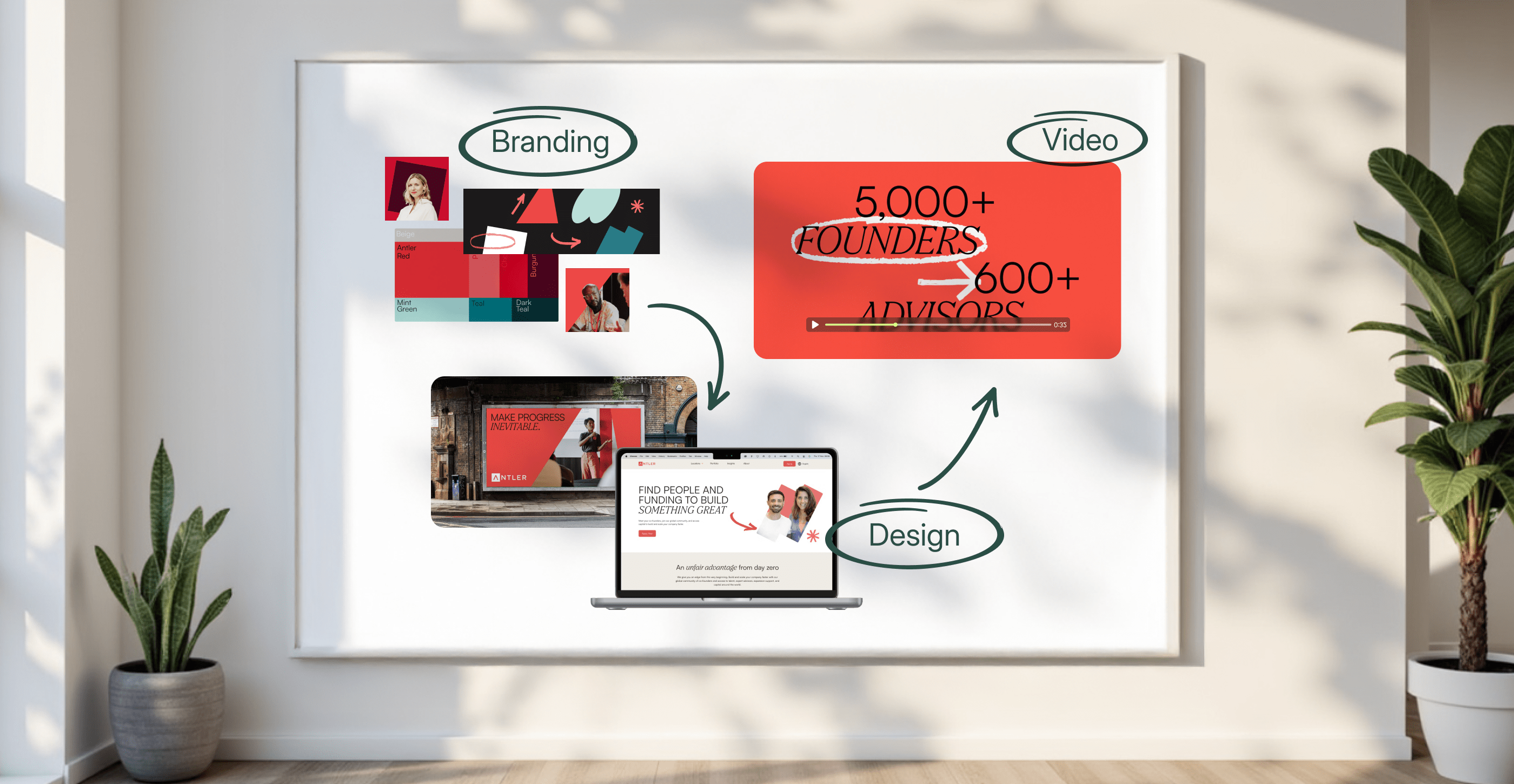
5 creative marketing services that change enterprises’ ROI in 2025
With digital advertising projected to bring in 73.2% of global ad spend, the pressure to consistently produce standout creative at scale is real. For a chance to connect with target customers, enterprise teams must now deliver high volumes of top-quality marketing creative across multiple channels.For most enterprises, increased output is only one part of the challenge. It’s usually just as tough to achieve consistency, speed and good results, especially if resources are limited. And limited they are: Our recent Overcommitted report confirmed that today’s creative teams simply juggle too much.Fortunately, many top marketing executives have come to realize their in-house creative departments can’t do it all themselves. Superside’s customers, for example, experience first-hand how a combination of strategy, data, AI-driven workflows and creative muscle can help them scale smarter, give bandwidth back to their teams and deliver a high ROI.Want to improve your creative production output and deliver eye-popping creative performance results? In this article, we explore what creative marketing is and how it can be applied in enterprise environments such as yours. In addition, meet the top creative marketing services that can help your enterprise achieve stronger results. Let's dive in!







